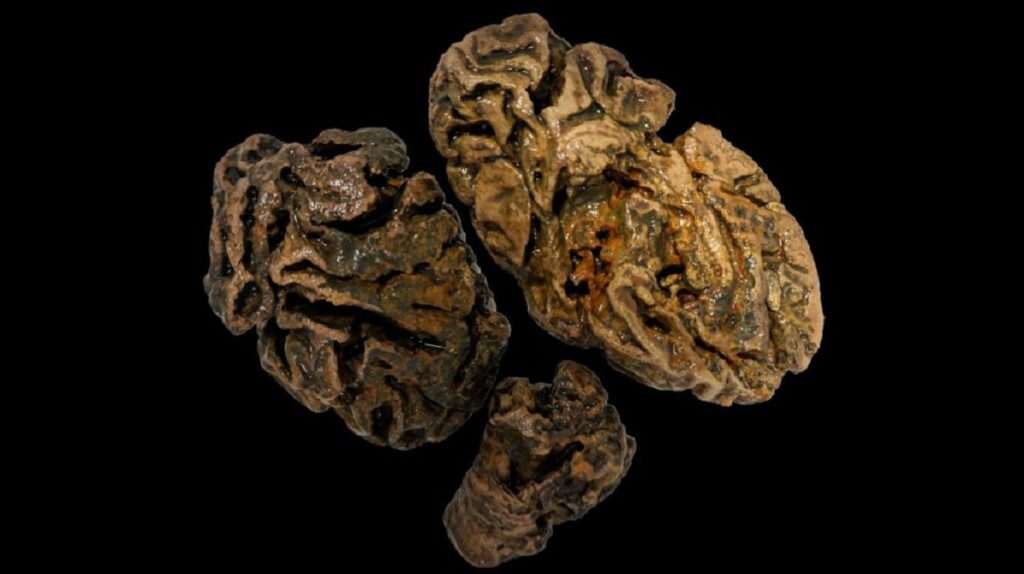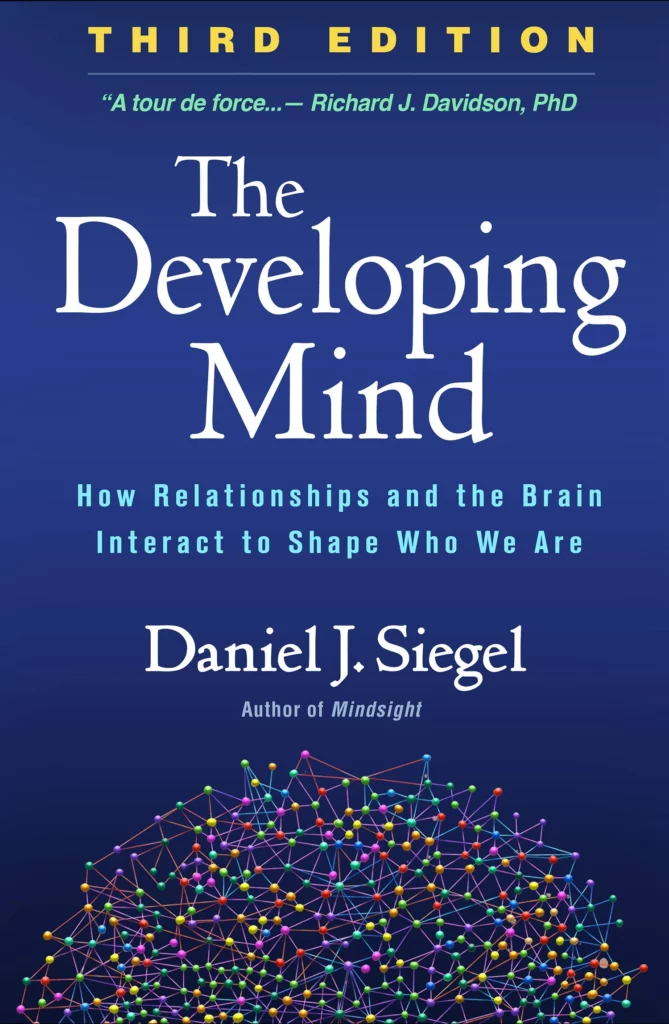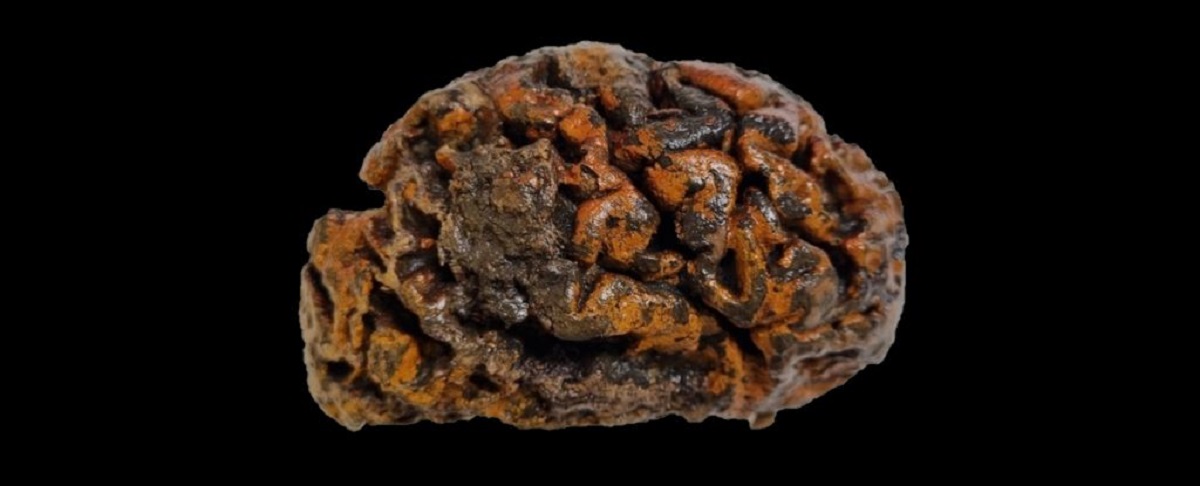The human brain, it turns out, has a surprising talent for defying time. A new study flips the script on brain decomposition, revealing a vast archive of preserved brains dating back a staggering 12,000 years.
Led by Dr. Alexandra Morton-Hayward of the University of Oxford, researchers cataloged over 4,400 ancient brains from around the globe. This discovery contradicts the long-held belief that brains are among the first organs to decompose.
These preserved brains offer a unique window into our evolutionary history and the diseases that plagued our ancestors. “It’s a huge archive that can revolutionize our understanding,” says Dr. Morton-Hayward. “The amazingly preserved biomolecules within these brains hold secrets about life and death in our past.”
Beyond the Expected: A Mystery Unfolds
Traditionally, soft tissue preservation without embalming or freezing is rare. Studies show the brain typically decomposes quickly. This research team, however, found a surprising number of ancient brains where everything else had decayed.
Intrigued, they embarked on a global hunt, scouring scientific literature and reaching out to historians worldwide. Their meticulous search unearthed 4,405 preserved brains from 213 sources across all continents except Antarctica.
These brains originated from diverse environments: a Spanish Civil War mass grave, the scorching deserts of Egypt, Inca sacrificial sites, a Swedish peat bog, and even a Stone Age lakeside in Sweden.
The researchers identified key environmental factors that contributed to preservation: dehydration, freezing, bog tanning, and a process called saponification, where fats turn into waxy molds.

The Enigma of Isolated Brains
Among these discoveries, a third (over 1,300) were particularly intriguing. These brains, some incredibly old (up to 12,000 years), were the only soft tissue preserved on otherwise skeletal remains. Notably, these weren’t found in ideal preservation conditions – shallow graves, shipwrecks, and even decapitated heads.
This suggests a unique preservation mechanism specific to the brain. The researchers hypothesize that brain molecules might interact with environmental elements, like copper, to form stable, protective compounds. Further investigation is needed to unravel this mystery.
A Glimpse into the Future
This research paves the way for in-depth studies of these ancient brains. “These specimens,” the authors write, “represent a goldmine of information about the brain’s evolution, function, and susceptibility to diseases.”
The potential benefits are vast: unlocking the history of neurological disorders, understanding ancient behavior and cognition, and even shedding light on the evolution of the nervous system.
Sources
Published 20 March 2024 in the Proceedings of the Royal Society B: Biological Sciences; Human brains preserve in diverse environments for at least 12 000 years
https://doi.org/10.1098/rspb.2023.2606
Discover:

The Developing Mind:
How Relationships and the Brain Interact to Shape Who We Are
$44.49 (40% off)
This highly influential work–now in a revised and expanded third edition incorporating major advances in the field

